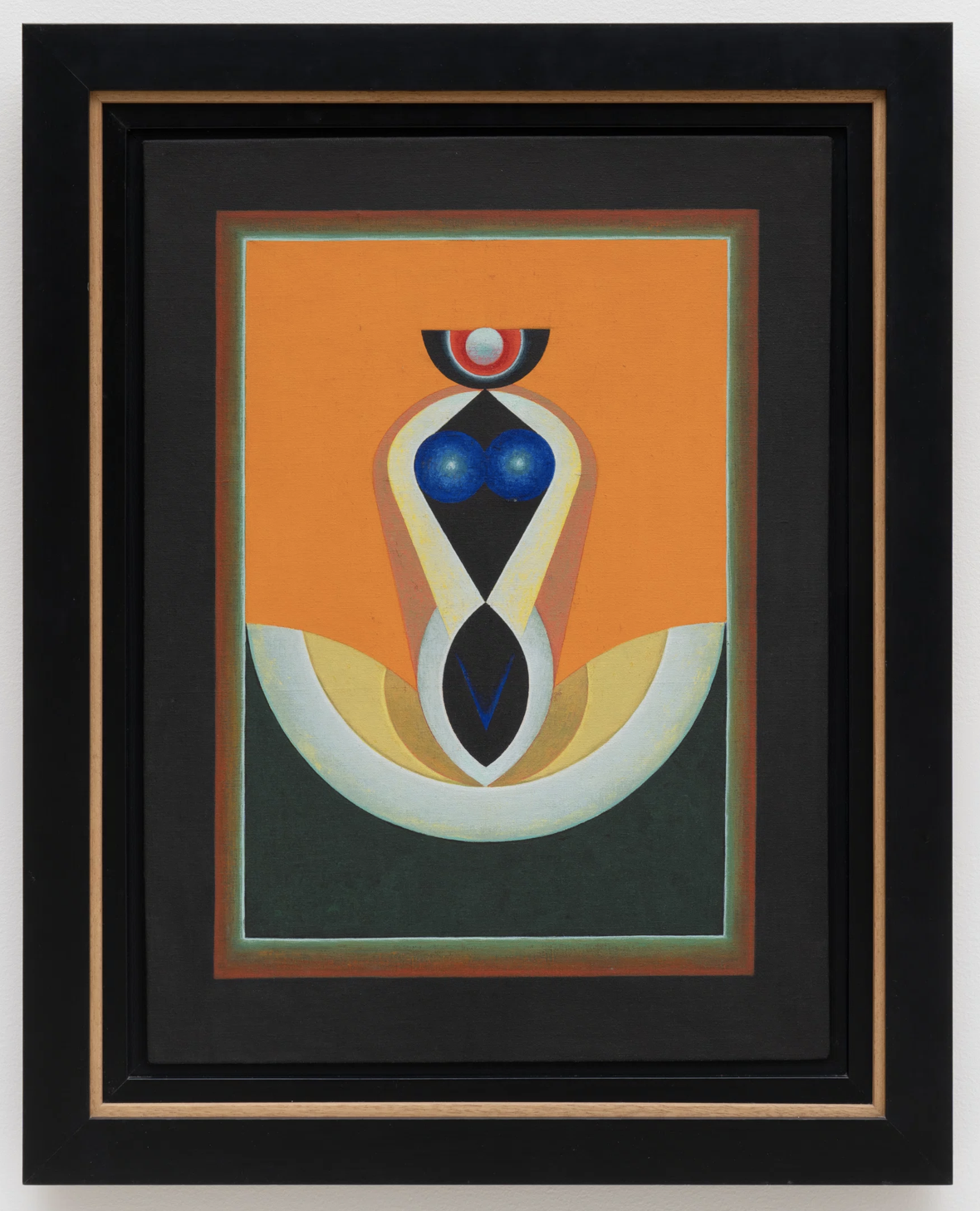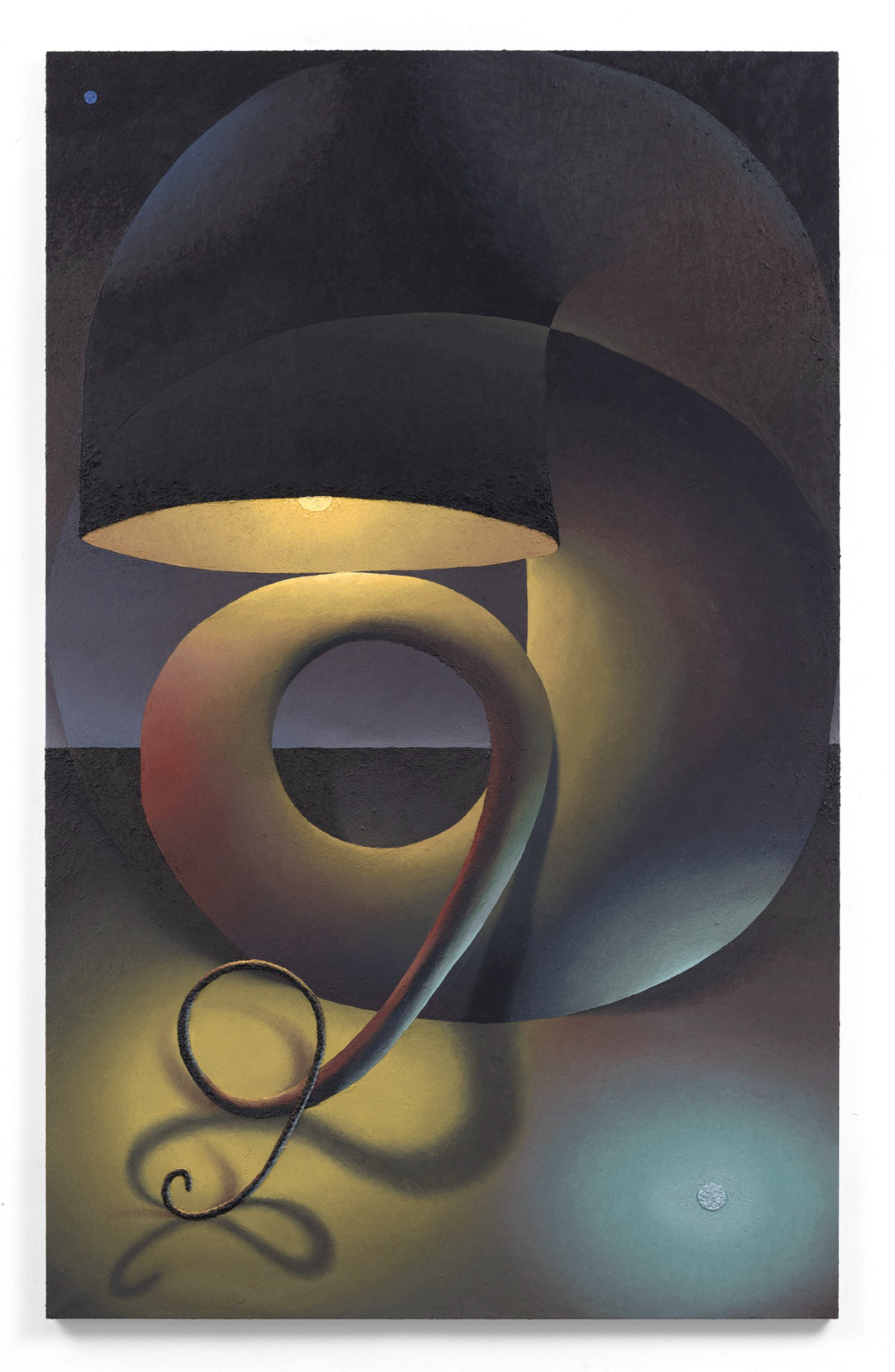“This is Where a Line Begins” Alina Birkner, Donté Hayes, and Osamu Kobayashi









When a man in a forest thinks he is going forward in a straight line, in reality he is going in a circle, I did my best to go in a circle, hoping to go in a straight line. (Samuel Beckett)
Before I was a gallerist, I was an art teacher. Every year the first unit was line. The meaning of line as it moved from a fixed point in space to encompass the universe. No matter the grade, we began with line and moved on from there. The simplest gesture became the most complex narrative. We practiced drawing on the right side of the brain and “line walks”, tracing and redrawing scribbles, suffering through two-point perspective. Watching the magic happen. I have never lost my fascination with the mystical wonderment of line and the artists’ ability to transcribe a mark and transform an object.
Alina Birkner’s work inspires contemplation. Derived from the symbolic use of the spiral, synonymous with rebirth and the passage of life unfolding, Birkner’s work causes the viewer to stop and gaze. Enveloped by a feminized palette-soft pinks, purples and yellows, the works vibrate with a quiet intensity. Inspired by strong female artists of the past such as Hilma Af Klint, Georgia O’Keefe and Agnes Pelton, Birkner’s work channels the mysticism and otherworldliness of her predecessors. In a contemporary art world overwrought with flash in the pan trends and rapidly changing markets, Birkner’s thoughtful and penetrating works are a welcome voice. Her continued explorations of spiritual meaning presented in the form of two-dimensional works that radiate with weightless luminosity are an inspiration. Luminosity and line are the hallmarks of Osamu Kobayshi’s work.
Kobayashi’s work begins with movement; curved lines sweeping across the canvas, intersecting with color plains, flat surfaces and hard edge pigmented segments. Kobayashi states these works are a hodge podge of different approaches that he has had in the past. He is searching for a different source; essentially re-exploring his language. In Overpass, 2020 the lines are prevalent and looping around, in other works the line becomes more about shape. His palette has continued to intensify, and the pigment pops against the bright colored ground. He is currently utilizing transparent glazes on top of flat colors rendered in thick strokes, a practice he began during his recent residency with A+B Gallery in Italy.
Donté Hayes carves and incises. Skilled as a print maker, his steady hand is evident in the brilliantly articulated surfaces of his elegant sculptures. Informed by history and the future Haye’s states: “Through the influence of hip-hop, history, and science fiction, my artwork explores themes in Afrofuturism, a projected vision of an imagined future which critiques the historical and cultural events of the African Diaspora and the distinct black experience of the Middle Passage.” Hayes’ work brings to mind a myriad of references: among them tribal imagery, and the female figure. Inventively modulated, these complex yet minimalistic forms have a powerful presence.
Alina Birkner, Osamu Kobayashi and Donté Hayes are three completely unique and competent artists, challenging the possibilities of abstraction with a focus on line and the infinite possibilities of gesture and form.
Words and images via Mindy Solomon Gallery.


